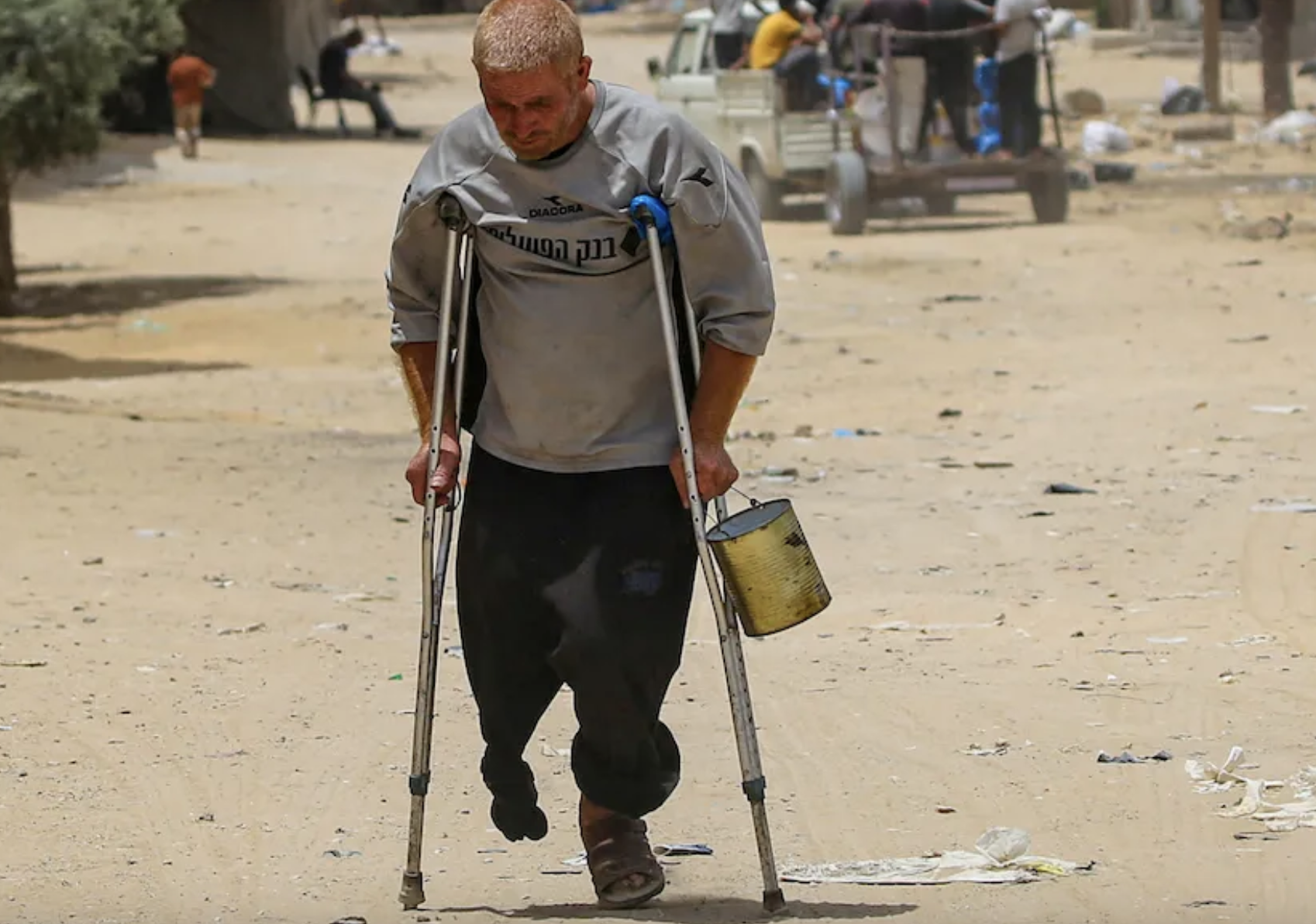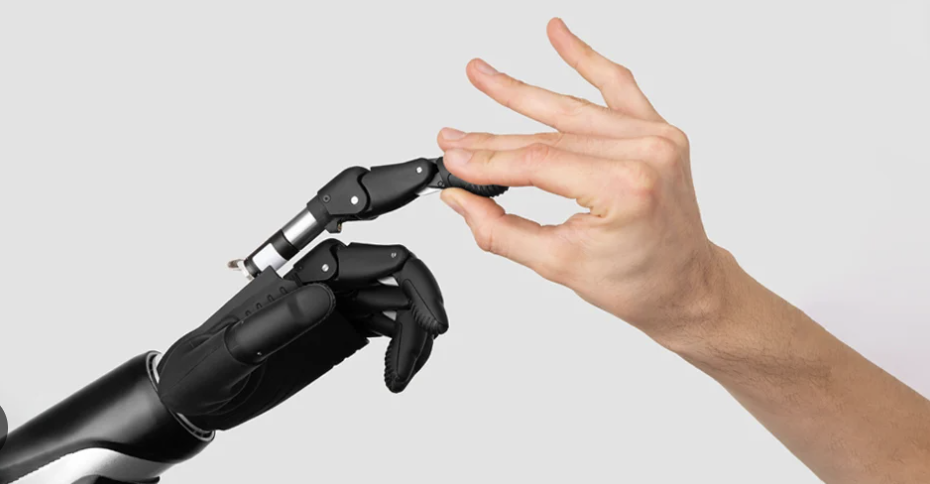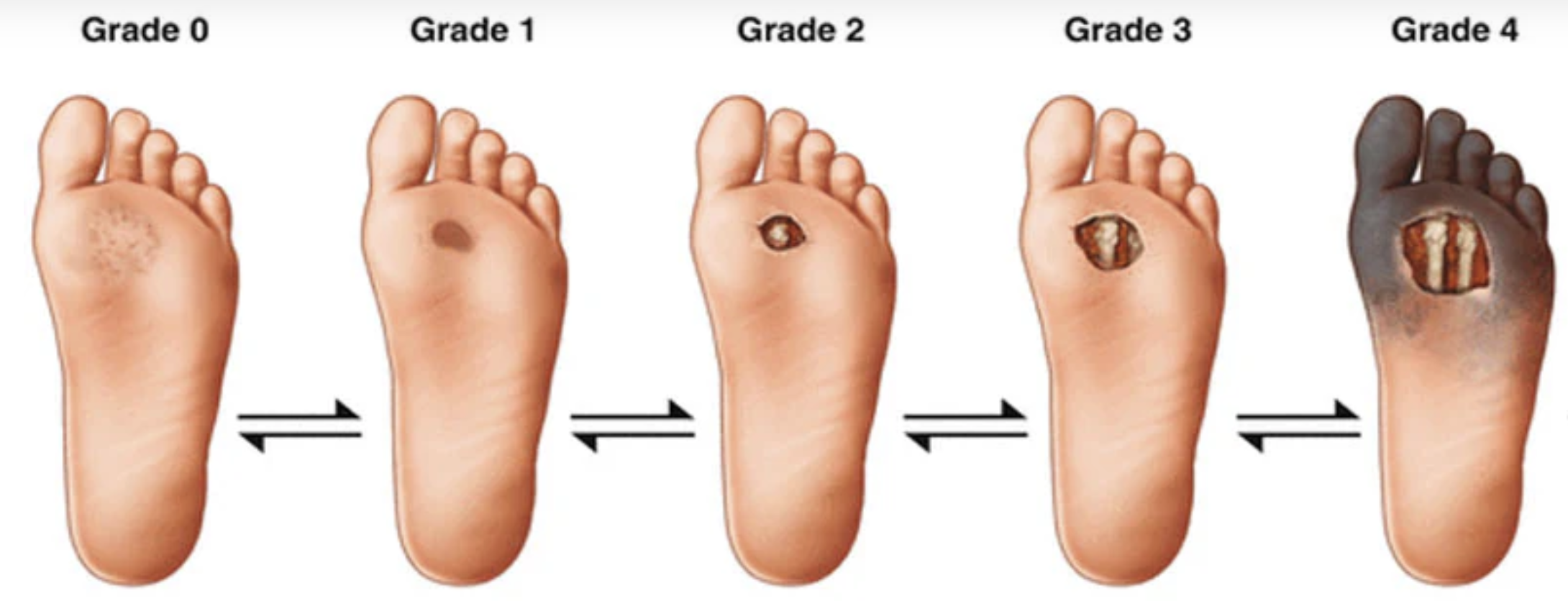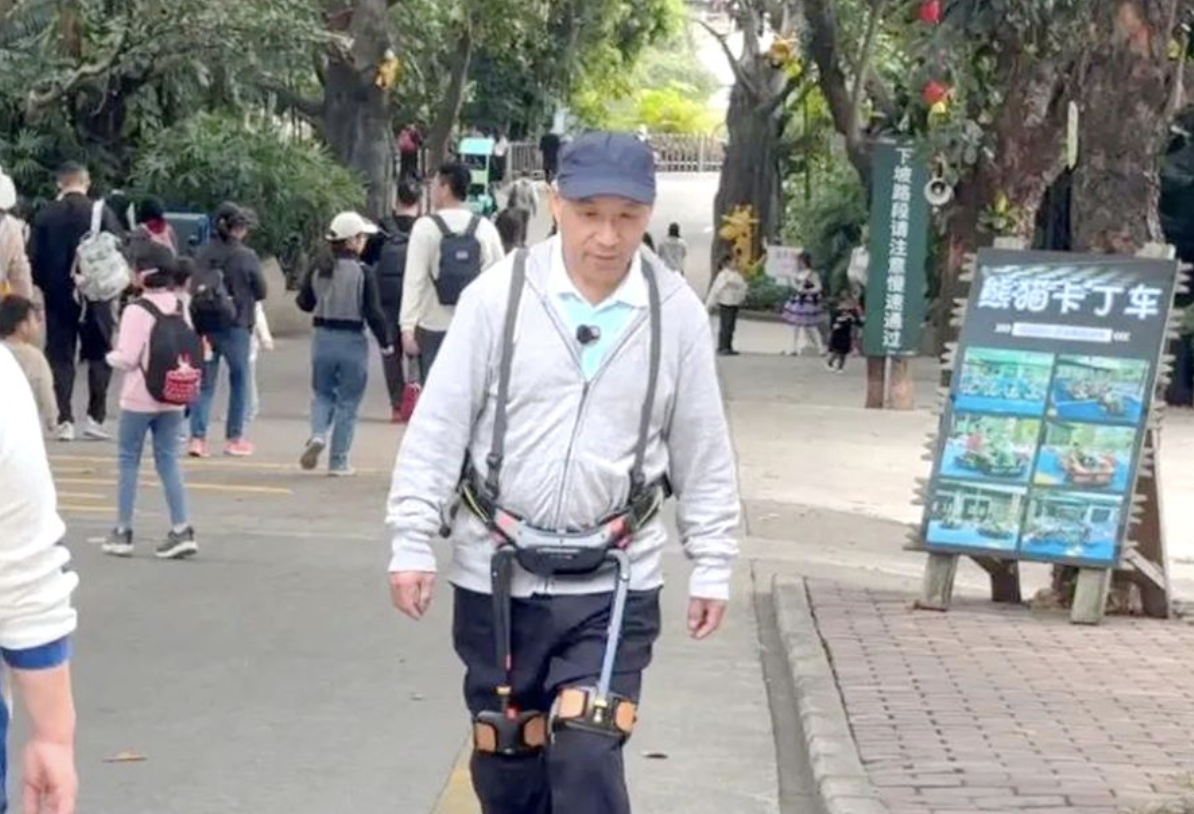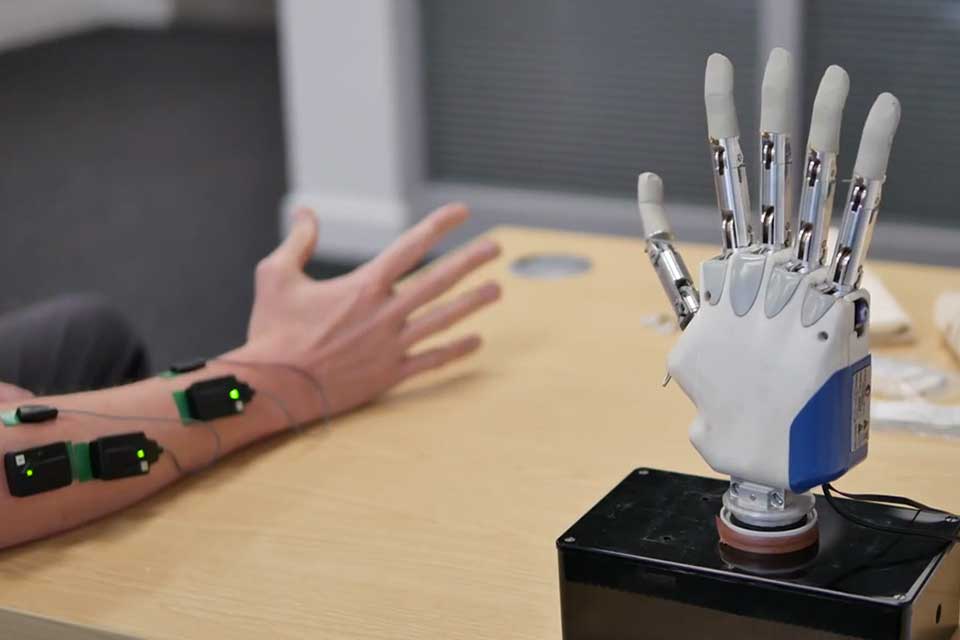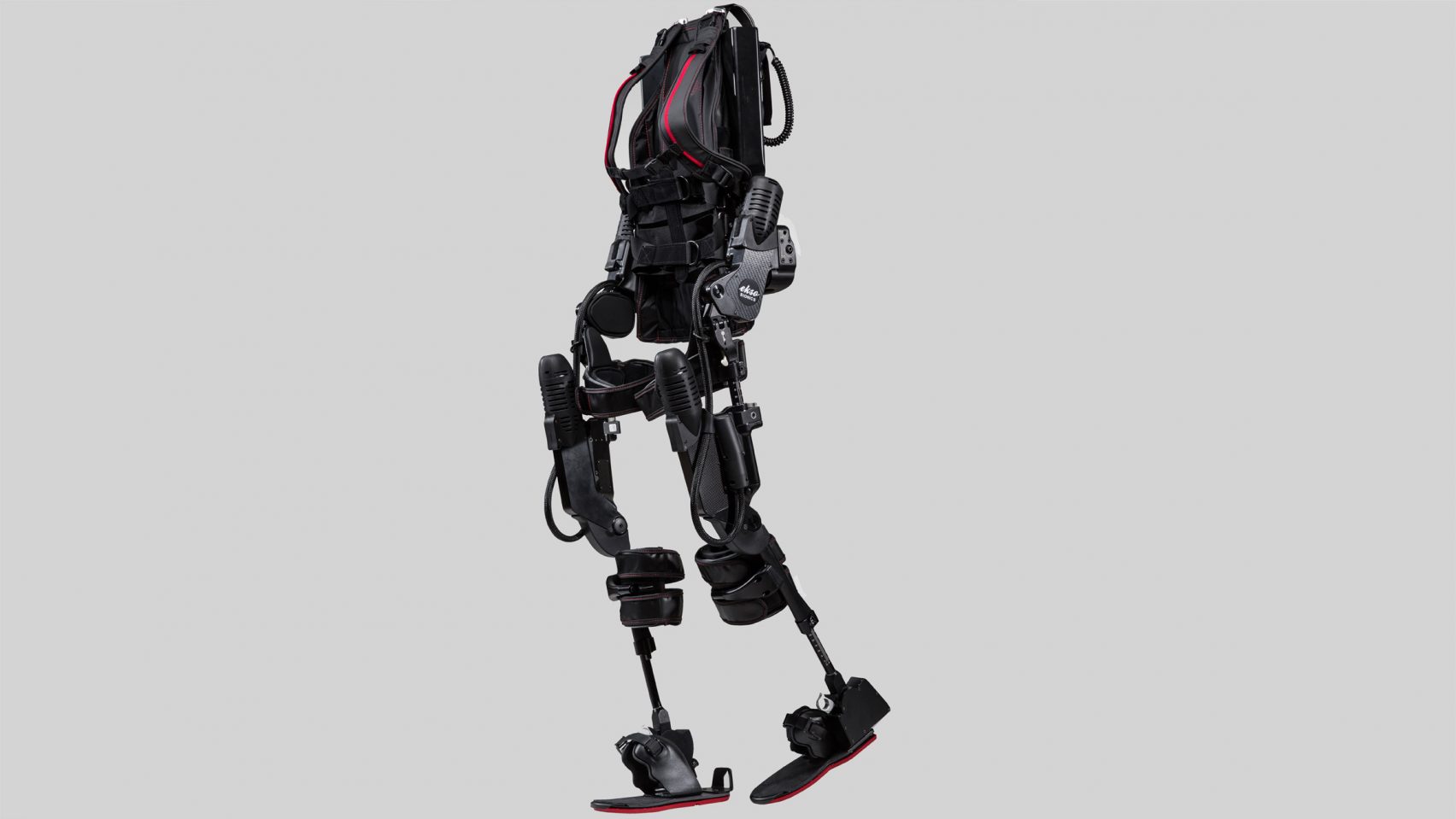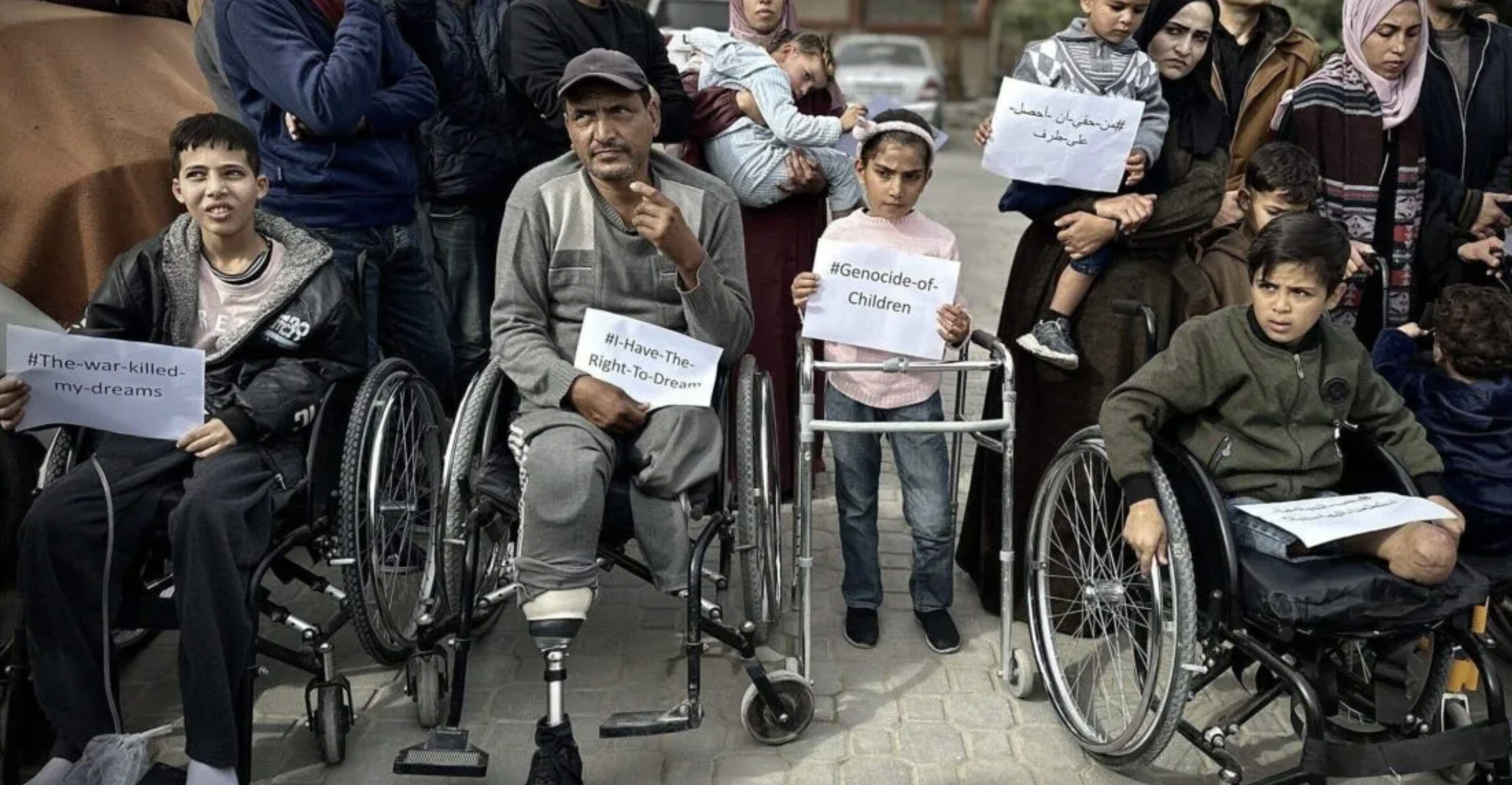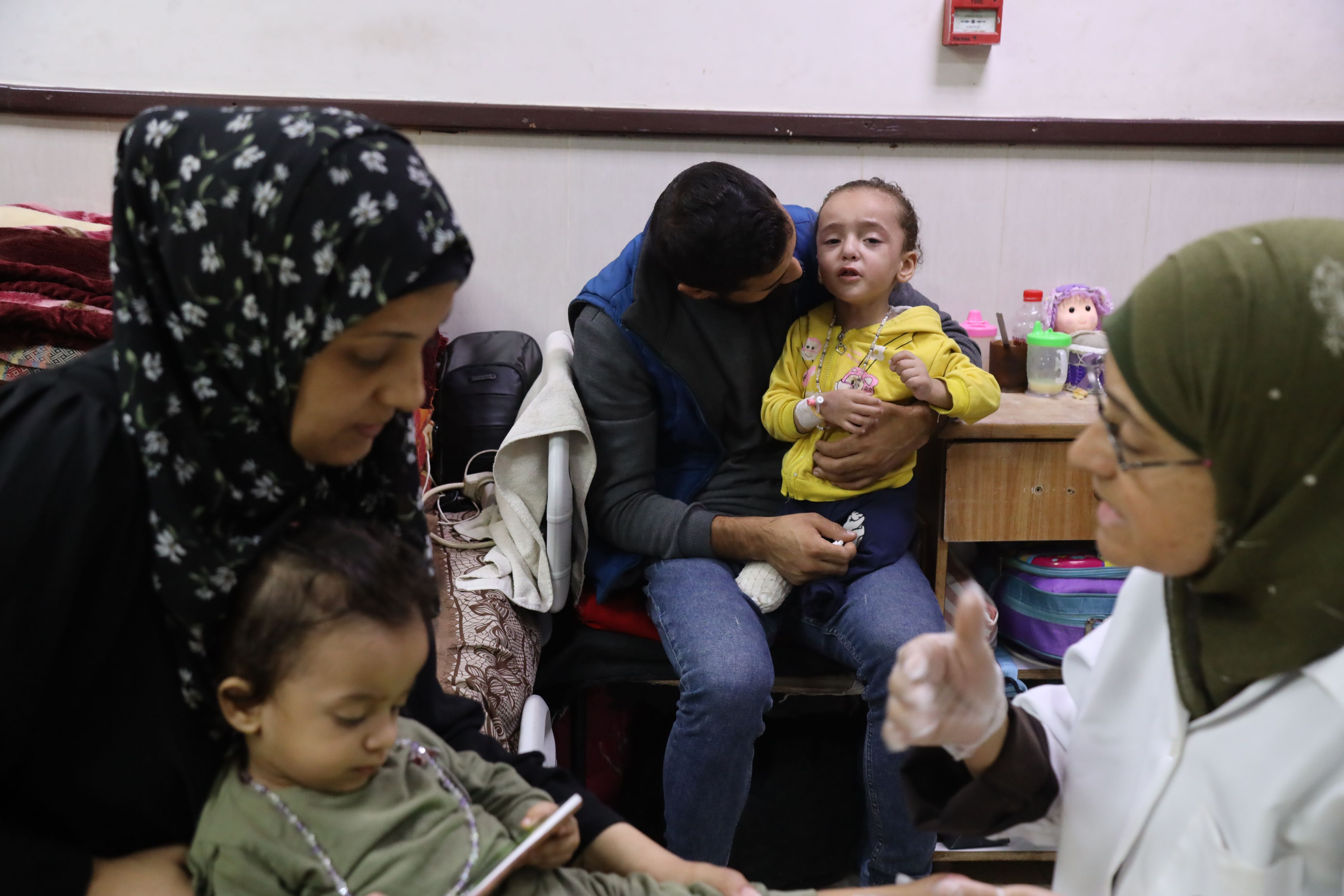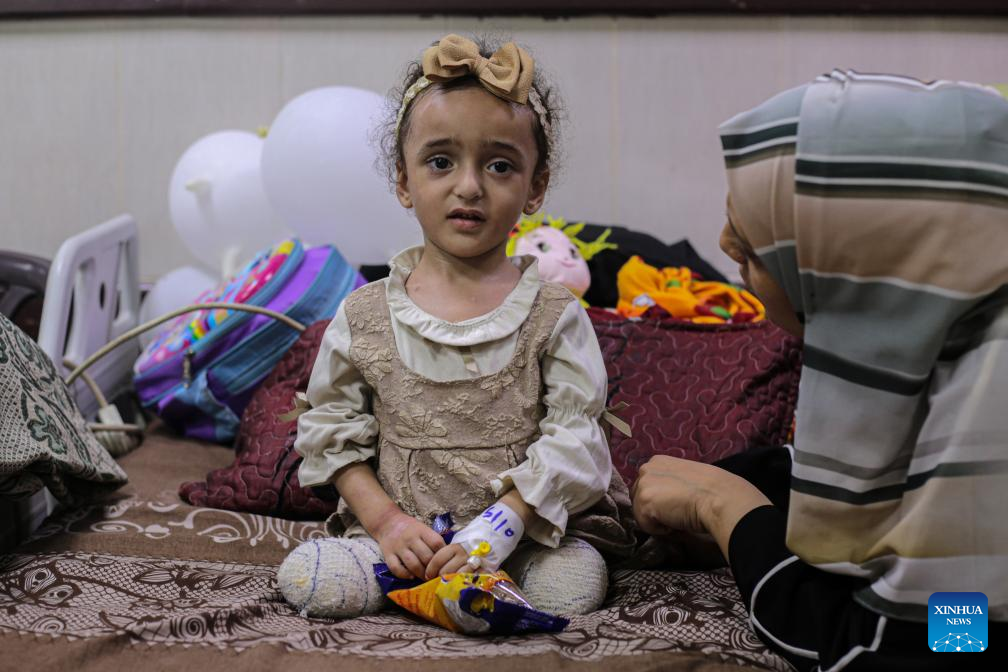Before the outbreak of the Israeli genocide against the Palestinians in the Gaza Strip, adults with disabilities accounted for about 2.6 per cent of the total population, which exceeds two million. This percentage has increased with the documentation of 10,000 new disability cases since 7 October last year, amid expectations that this figure will rise.
UN data indicates that at least a quarter of the Palestinians wounded in Gaza suffer from life-changing injuries and will require rehabilitation for years.
Ahmad Abu Shaaban is one of the thousands whose lives have been changed forever by Israel’s genocide. The ambitious young man was studying architecture at Palestine University, but has faced unexpected challenges since July 2024. He and his family were forced to flee their home, heading south in response to mandatory evacuation orders, eventually finding refuge in Khan Yunis, like thousands of other families escaping the bombing of homes and residential areas. Life in the camp was difficult, crowded and harsh, but Ahmad tried to maintain hope in his family’s hearts.
While returning one day from a long trip to fetch water, the area was hit by a barrage of rockets. After days of unconsciousness, he woke up.
The shock was indescribable. Ahmad refused to acknowledge his new situation and was consumed by questions about his future and how he would continue his life as before. In his new daily routine, he became completely reliant on his wheelchair and the assistance of family members.
Mobility within the crowded camp is complicated for the young man; the environment is not adapted for someone in his position, hindering his independence. He is diligently trying to learn how to hold a spoon with his left hand, while his younger brother, who has become his right arm, helps him with his daily needs.
An analysis by the World Health Organisation on the types of injuries resulting from the war found that there are an estimated 13,455 to 17,550 cases of severe limb injuries. They are the main factor for those in need of rehabilitation, and many of the patients suffer from more than one injury. According to a report released on 12 September, the number of amputations was between 3,105 and 4,050. The significant increases in spinal cord injuries, traumatic brain injuries and severe burns contribute to the total number of life-changing injuries. Several thousand women and children are among those affected directly.
According to Dr Nahed Abu Taima, director of the Nasser Medical Complex in Khan Yunis, the significant rise in limb amputations has been due to the new types of munitions used by the occupation forces. He pointed out that the daily influx of large numbers of wounded people at Gaza’s hospitals has multiplied the likelihood of permanent disabilities among the wounded, emphasising the impact of delayed transfer of some injured individuals to hospitals, exacerbating their conditions and compromising the possible treatment.
Abu Taima explained that primary healthcare services and community-level services are often suspended or inaccessible due to insecurity, attacks and repeated mandatory evacuation orders. He noted that the only centre in Gaza for limb reconstruction and rehabilitation, in the Nasser Medical Complex and supported by the organisation, has been out of service since December last year due to a lack of supplies, and specialised healthcare workers were forced to leave for their safety. The centre was then destroyed in an air strike in February. Reports indicate that 39 physiotherapy specialists had been killed as of 10 May.
Dr Abu Taima added that rehabilitation services and the provision of prosthetic limbs for the injured are no longer available.
The representative of the WHO in the occupied Palestinian territories, Dr Richard Peeperkorn, noted a massive increase in rehabilitation needs occurring alongside the ongoing destruction of the healthcare system, with only 17 out of 36 hospitals in Gaza functioning partially due to the deterioration of medical devices and equipment, a lack of medication and medical supplies, and fuel shortages.
“Patients cannot access the care they need,” explained Pibberkorn. “Rehabilitation services for acute cases are severely disrupted, and specialised care for those with complex injuries is unavailable, putting patients’ lives at risk. There is an urgent need for immediate and long-term support to meet the enormous rehabilitation needs.” He expressed regret that a significant portion of the rehabilitation workforce in Gaza is now displaced.
People with disabilities, regardless of their type — mobility, hearing, visual or cognitive — face immense challenges during repeated forced displacements. Their limited mobility and reliance on others for assistance make it extra difficult, especially when everyone is trying to save themselves. Numerous cases have been recorded of children with intellectual disabilities or autism who are missing.
Thousands of these individuals struggle to find suitable shelter, access water, food, medication and essential assistive devices such as wheelchairs, walkers, hearing aids and air mattresses (for those with mobility difficulties). The power outages have also created significant problems when evacuating people with disabilities from high-rise buildings.
The disability rehabilitation sector within the Palestinian NGO Network warns of the serious repercussions of the escalating and ongoing Israeli aggression in Gaza on the lives of people with disabilities, amid an unprecedented humanitarian disaster on all levels.
According to data published on 29 June, hundreds of individuals with disabilities in Gaza have been killed, and thousands have been wounded. Moreover, tens of thousands of people with disabilities have been displaced and are enduring very difficult conditions, as well as severe psychological trauma.
Amjad Al-Shawa, the director of the network, confirmed that the occupation regime’s destruction of civilian infrastructure, main roads, accommodation and the headquarters of organisations working in rehabilitation has limited movement and access to essential services for people with disabilities. Al-Shawa explained that this situation has restricted evacuation opportunities, putting the lives of people with disabilities at extreme risk, in addition to losing their assistive devices due to repeated displacements or being forced to leave them behind, relying on the help of their relatives.
The Palestinian Central Bureau of Statistics reported that the number of adults with disabilities in Gaza was around 58,000 before 7 October 2023; it is now thought to be 68,000. The highest prevalence of disability is recorded in the North Gaza Governorate at around 5 per cent, followed by the Deir Al-Balah Governorate at 4.1 per cent.
According to estimates, the number of disabled children in the Gaza Strip in 2023 was around 98,000 in the age group of 2 to 17 years, including around 6,000 children aged 2 to 4 years and nearly 92,000 children aged 5 to 17 years.
Learning difficulties are the most common type of disability among children aged 2 to 17 in Gaza, affecting about 21,200 in 2023. This number is expected to rise due to the psychological trauma children have experienced during the genocide from fear of air strikes, invasions, repeated displacements or the loss of one or both parents.
The Statistics Bureau anticipates that the number of individuals with disabilities will increase by approximately 12,000 because of the war, resulting from reduced healthcare capabilities, the closure of crossing points, restrictions on essential medical supplies entering the territory and direct attacks on hospitals, care centres and medical staff.
The current situation of individuals with disabilities and the use of lethal weapons that have increased their numbers represents a blatant violation of international humanitarian law and international human rights law regarding the rights of persons with disabilities in armed conflicts.
The UN Convention on the Rights of Persons with Disabilities, ratified by Israel in 2012, states that member states, in accordance with their obligations under international humanitarian law, need to take “all necessary measures to ensure the protection and safety of persons with disabilities in situations of risk, including armed conflict.” This has clearly not been witnessed in Gaza.
Furthermore, under international humanitarian law, conflicting parties must take all feasible precautions to minimise harm to civilians. The “Declaration on the Protection of Civilians from the Use of Explosive Weapons in Populated Areas”, signed by 83 countries, commits parties to refrain from using explosive weapons with wide blast areas, including heavy artillery and bombs, in densely populated areas due to the likelihood of killing or injuring civilians indiscriminately.
The views expressed in this article belong to the author and do not necessarily reflect the editorial policy of Middle East Monitor.
